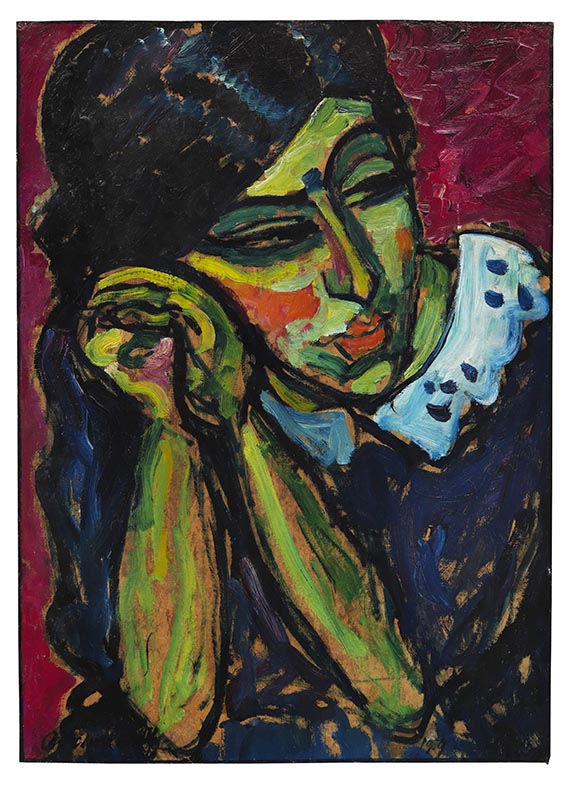Dictionary


De Stijl
The artists’ movement De Stijl came into existence in 1917. The founding members included Theo van Doesburg, Bart Anthony van der Leck, Piet Mondrian, Jacobus Johannes Pieter Oud, Robert van 't Hoff, Vilmos Huszár and Jan Wils. Other less central members were Cornelis van Eesteren, Hans Richter, Gerrit Thomas Rietveld, Truus Schröder-Schräder, Georges Vantongerloo and Friedrich Vordemberge-Gildewart. In the same year, the artists published the "De Stijl" journal, the literary mouthpiece of the group, which contained manifestos and theories.
De Stijl’s artistic programme was first published in a manifesto in 1918, and was meant to be incorporated into artistic practise. The manifesto’s goal was total abstraction, achieved through a focus on the base colours, red, yellow, and blue, as well as black, grey and white, on a simple, geometric, precisely bordered basic design with a horizontal and vertical compositional structure The man-made intrinsic pictorial order was meant to consciously stand in direct contrast with wild and uncontrolled, rampant nature. Piet Mondrian’s (1872-1944) works were pioneering in the field of painting, Mondrian's intense focus on Cubism and increasing schematisation led to a total departure from objectivity. Mondrian’s main paintings, which always contained coloured, white or grey spaces, and black lines, were exemplary De Stijl. The De Stijl principles were also applied to design and architecture, where, according to Mondrian, colours represented solid matter and non-coloured fields symbolised empty, open space.
The principles of De Stijl strongly influenced the establishment of geometric abstraction at the Bauhaus. In 1922, van Doesburg (1883-1931) held an art course in Weimar, which was attended by a number of Bauhaus students.
The artists’ movement De Stijl came into existence in 1917. The founding members included Theo van Doesburg, Bart Anthony van der Leck, Piet Mondrian, Jacobus Johannes Pieter Oud, Robert van 't Hoff, Vilmos Huszár and Jan Wils. Other less central members were Cornelis van Eesteren, Hans Richter, Gerrit Thomas Rietveld, Truus Schröder-Schräder, Georges Vantongerloo and Friedrich Vordemberge-Gildewart. In the same year, the artists published the "De Stijl" journal, the literary mouthpiece of the group, which contained manifestos and theories.
De Stijl’s artistic programme was first published in a manifesto in 1918, and was meant to be incorporated into artistic practise. The manifesto’s goal was total abstraction, achieved through a focus on the base colours, red, yellow, and blue, as well as black, grey and white, on a simple, geometric, precisely bordered basic design with a horizontal and vertical compositional structure The man-made intrinsic pictorial order was meant to consciously stand in direct contrast with wild and uncontrolled, rampant nature. Piet Mondrian’s (1872-1944) works were pioneering in the field of painting, Mondrian's intense focus on Cubism and increasing schematisation led to a total departure from objectivity. Mondrian’s main paintings, which always contained coloured, white or grey spaces, and black lines, were exemplary De Stijl. The De Stijl principles were also applied to design and architecture, where, according to Mondrian, colours represented solid matter and non-coloured fields symbolised empty, open space.
The principles of De Stijl strongly influenced the establishment of geometric abstraction at the Bauhaus. In 1922, van Doesburg (1883-1931) held an art course in Weimar, which was attended by a number of Bauhaus students.
Offers




